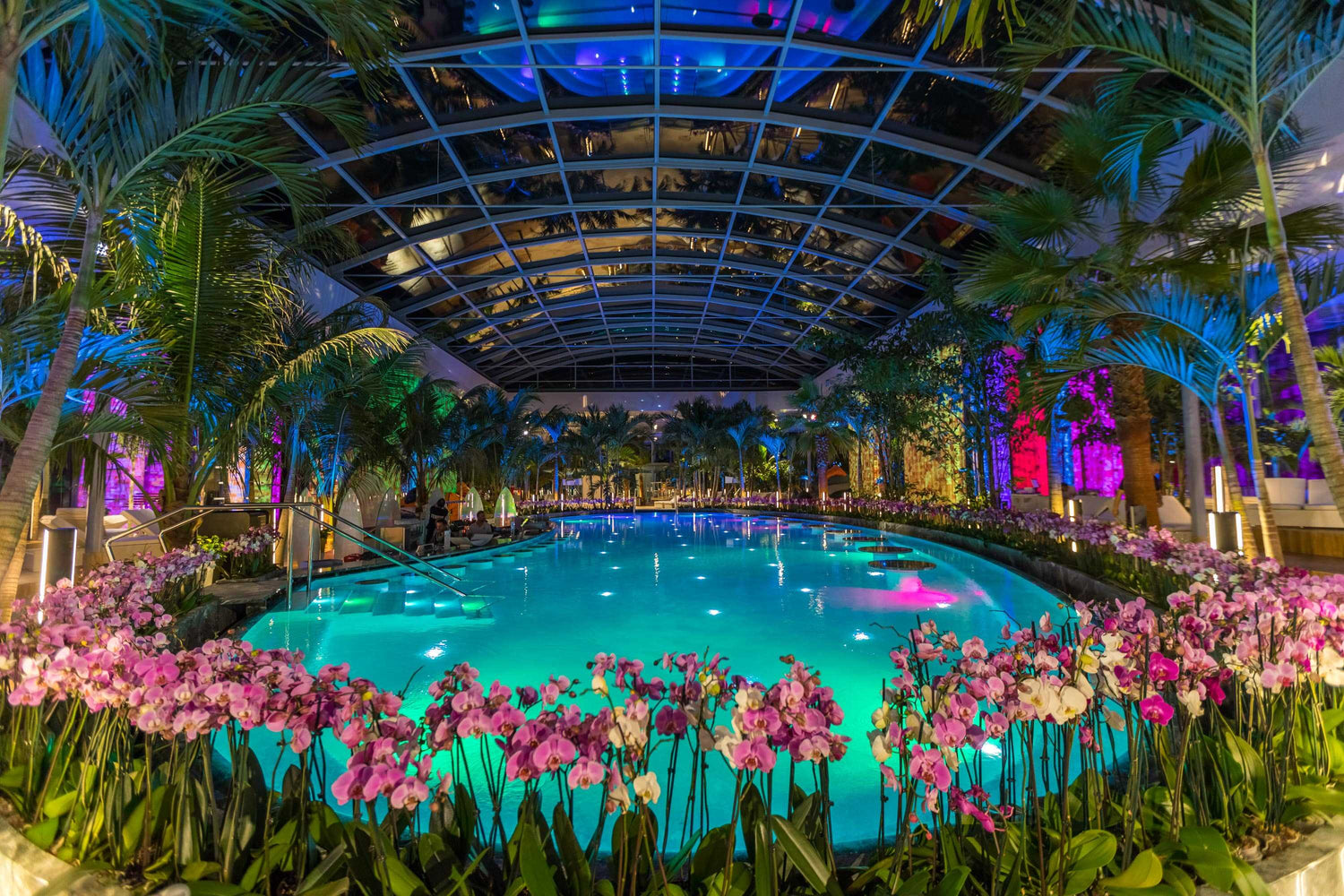Deva to Bucharest
Your journey from Bucharest to Hunedoara doesn’t have to be just a transfer — it can become a full-day cultural experience. With carefully selected optional sightseeing stops along the way, you'll have the opportunity to explore some of Romania’s most iconic castles, cities, and religious sites. Discover Gothic legends, baroque elegance, and authentic Saxon heritage while traveling in comfort.
Optional Sights to Visit on This Trip
Corvin Castle
Corvin Castle, also known as Hunyadi Castle, is located in Hunedoara and is one of the largest and most spectacular castles in Europe. Built in 1446 by Iancu de Hunedoara, it features Renaissance-Gothic architecture, imposing towers, double defensive walls, and intricate stone carvings. The castle’s vast courtyard and richly decorated halls reflect both military and aesthetic grandeur. A must-see for history lovers and architecture enthusiasts.

Sibiu
Sibiu is a former capital of the Transylvanian Saxons and one of Romania’s most important cultural hubs. Designated European Capital of Culture in 2007, its medieval old town is a vibrant blend of cobbled streets, colorful buildings, and grand market squares. Highlights include the Great Square, Little Square, Bridge of Lies, and several preserved sections of the old city walls.

Făgăraș Citadel
One of the best-preserved medieval fortresses in Transylvania, Făgăraș Citadel dates back to the 14th century. Expanded and fortified over the next centuries, the structure now houses a museum showcasing local history, medieval weaponry, and eerie artifacts such as a torture chamber and discovered underground tunnel. A visit here offers insight into Romania’s feudal and military past.

Curtea de Argeș Monastery
This 16th-century Orthodox cathedral is both a spiritual center and a masterpiece of Byzantine architecture, mixed with Moorish elements. The legend of master Manole, who entombed his wife Ana within the walls to keep the monastery standing, adds a layer of myth to its already dramatic atmosphere. It is also the final resting place of several Romanian royals.

Bran Castle
Perched atop a steep cliff on the historical border between Transylvania and Wallachia, Bran Castle is often linked to the Dracula legend. Originally a fortress of the Teutonic Knights and later a royal residence, its towers, winding staircases, and regal interiors are steeped in myth and history. Today, it houses a museum dedicated to Queen Marie of Romania and various medieval artifacts.

Peleș Castle
Nestled in the mountain resort town of Sinaia, Peleș Castle is a jewel of neo-Renaissance architecture. Commissioned by King Carol I and completed in 1883, it was the first European castle to be fully powered by electricity. The richly decorated interior, with themed rooms in various international styles, makes it one of the most elegant palaces in Europe.









